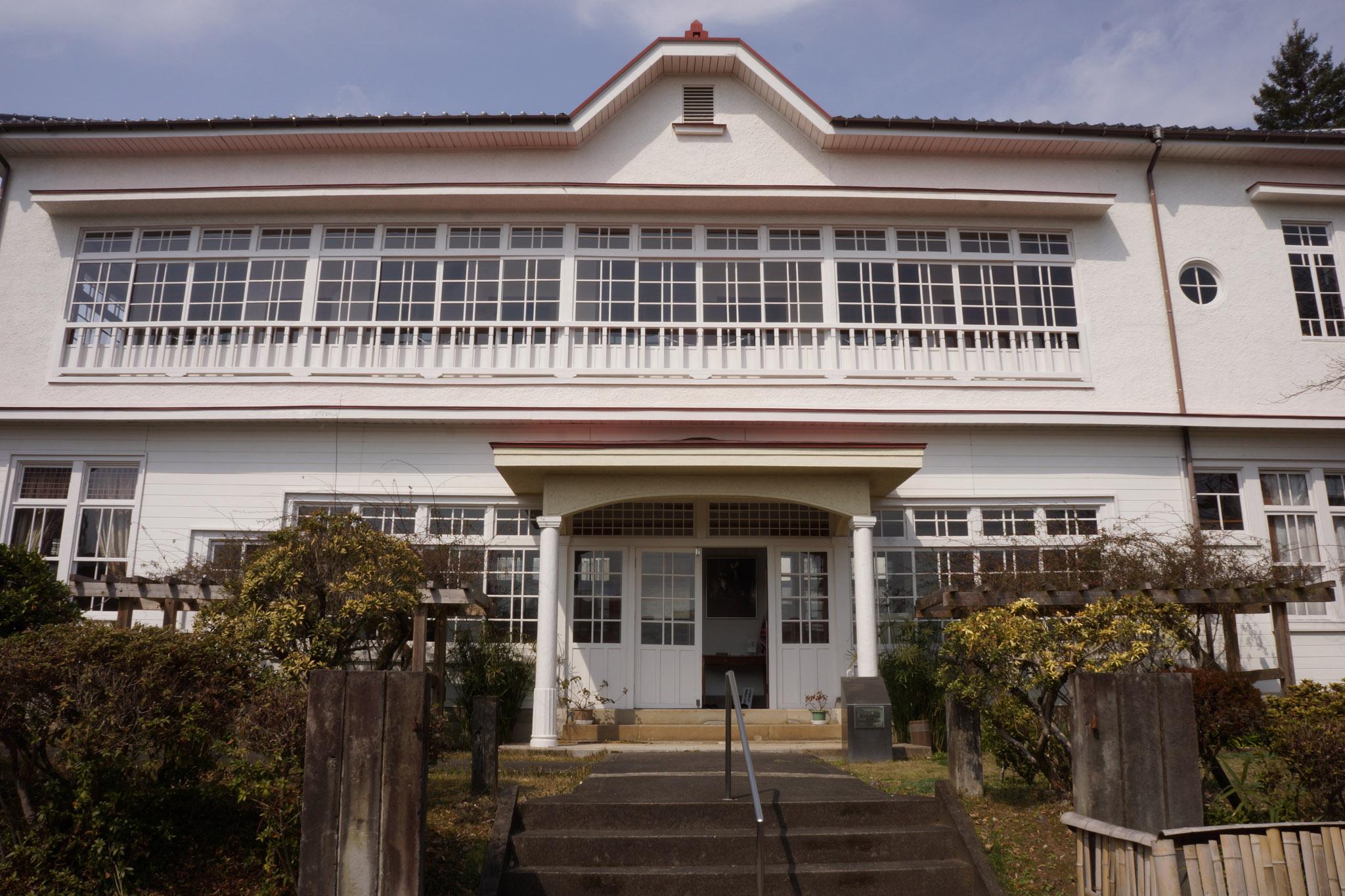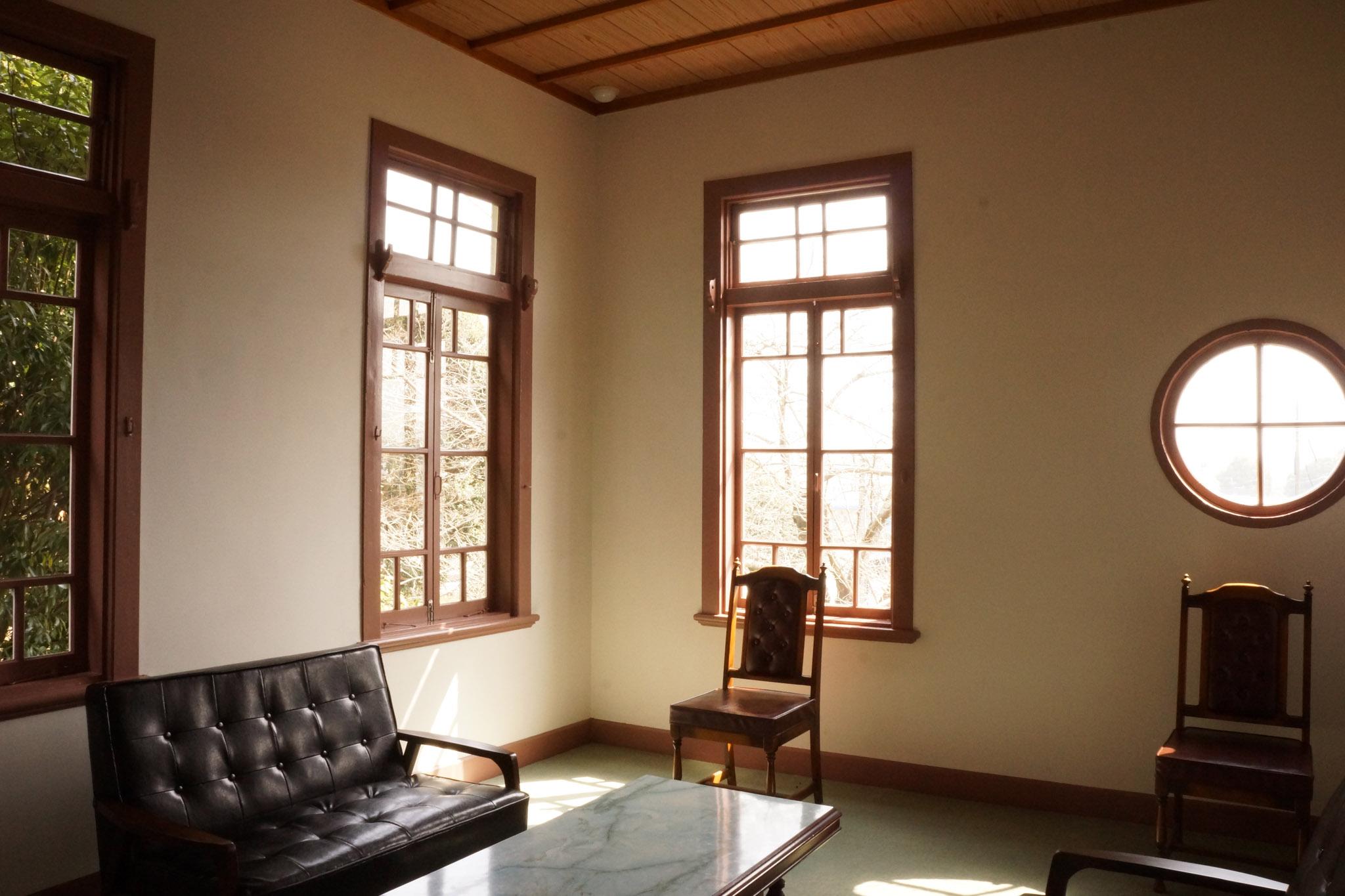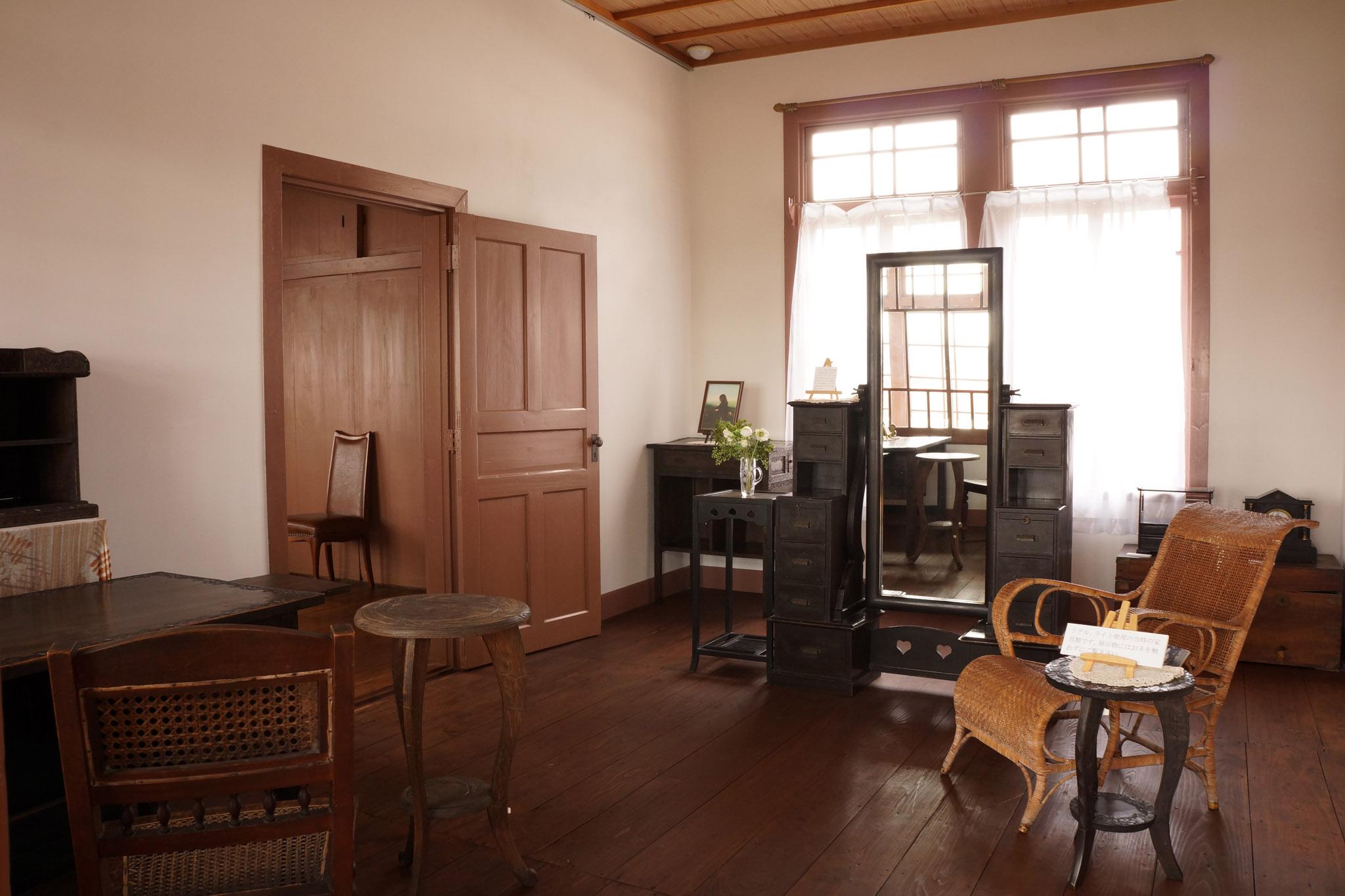Hannah Riddell came to Japan in 1891 as an Anglican missionary and moved to Kumamoto two years later. She was deeply affected by the sight of leprosy patients crouching miserably under blooming cherry trees and from then on dedicated her life to helping them. For this reason, she solicited donations from churches, politicians, and businesses in both the United Kingdom and Japan and established the Kaishun Hospital (Kumamoto Hospital of the Resurrection of Hope) in 1895. After Liddell's death, her niece Ada Wright became the hospital’s director and continued her aunt’s work. However, on February 3, 1941, just before the start of World War II, Wright was deported and the hospital was closed. After the war’s end, Wright returned to Japan and spent her time taking care of the children at Tatsuda Dormitory (children whose parents were admitted to Kikuchi Keifuen National Sanatorium for treating leprosy). The memorial museum contains exhibits about Hannah Riddell and Ada Wright who dedicated their lives to helping leprosy patients: documents sent to politicians and businesses, letters from Empress Teimei, and photographs depicting the lives of patients at Kaishun Hospital. The laboratory, which was built to study the disease at that time, is now called the "Riddell and Wright Memorial Hall." Please visit the website "Kumamoto Culture" for events and the latest information.
If you visit as a group and would like the director to give you a tour, please consult us in advance.




